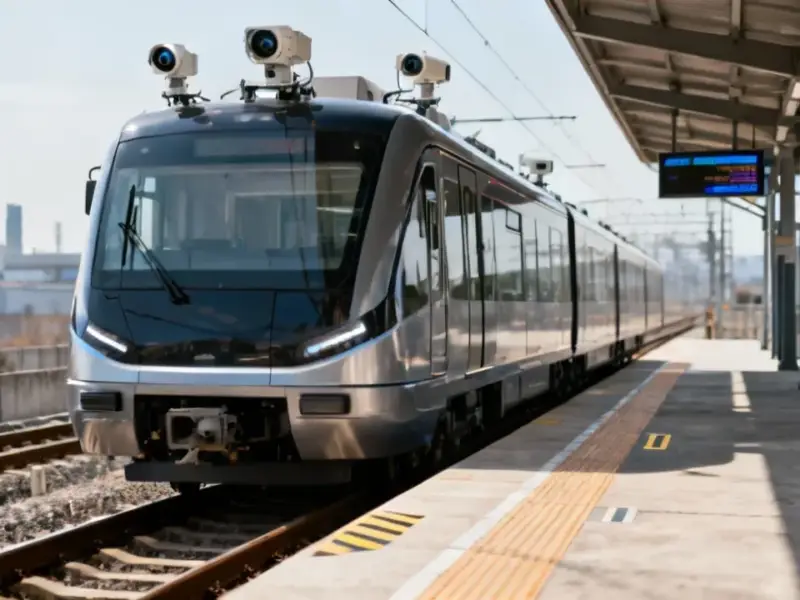According to Fortune, OpenAI cofounder Greg Brockman has become the company’s master builder behind a massive $1.4 trillion infrastructure push aimed at deploying 30 gigawatts of compute capacity. Brockman recently negotiated a groundbreaking deal with AMD CEO Lisa Su that sent AMD’s stock soaring 24% in a single day, with OpenAI securing an option to acquire up to 10% of AMD. Despite OpenAI currently generating only about $13 billion in annual revenue, Brockman is pushing ahead with what he calls “breaking the laws of physics” to build gigawatts of compute in record time. His resurgence comes after a months-long sabbatical beginning in August 2024 amid reports of internal tensions over his demanding leadership style. Brockman has also poured millions into a political action committee called Leading the Future to lobby against AI regulation while helping shape OpenAI’s recent restructuring into a Public Benefit Corporation.
The unexpected comeback
Here’s the thing about Brockman’s story – it wasn’t supposed to go this way. After being removed from OpenAI’s board during Sam Altman’s firing drama and then taking that extended sabbatical, most people assumed his influence was waning. But now he’s everywhere – dining at the White House, meeting with world leaders, and essentially becoming OpenAI’s dealmaker-in-chief. It’s a remarkable turnaround for someone whose future at the company seemed genuinely uncertain just months ago.
What’s fascinating is how he’s positioned himself at the exact intersection where AI meets everything else – politics, energy, finance, and infrastructure. He’s not just building AI models anymore; he’s building the entire ecosystem needed to run them at unprecedented scale. And that requires a different kind of operator than your typical tech executive.
<h2 id="the-infrastructure-gamble“>A trillion-dollar gamble
Let’s talk about that $1.4 trillion number for a second. That’s not just big – it’s historically unprecedented. As Brockman himself told CNBC, it makes programs like Apollo “almost small in comparison.” The sheer scale is mind-boggling when you consider OpenAI’s current revenue of around $13 billion annually. They’re betting everything on this infrastructure buildout paying off through what Brockman calls an “avalanche of demand” for AI.
But the financing methods they’re using raise some serious eyebrows. The Nvidia deal where the chipmaker reportedly guarantees loans for OpenAI’s data centers? That creates this weird circular dependency where Nvidia both sells chips to OpenAI and backs their loans. If demand doesn’t materialize as expected, both companies could be in serious trouble. It’s the kind of financial engineering that makes traditional investors nervous.
The political storm brewing
Meanwhile, Brockman’s pouring millions into fighting AI regulation through his Leading the Future PAC. That’s interesting timing, because these massive data centers are becoming political flashpoints in local communities. We’re already seeing energy prices spike in areas where these facilities are being built, and during election season, that’s the kind of thing that gets people voted out of office.
So you’ve got this perfect storm developing – enormous infrastructure projects that consume gigawatts of power, driving up costs for regular people, while the company behind them is actively lobbying against regulation. It’s hard to imagine that tension not boiling over eventually. Brockman might be building the future, but he’s creating plenty of present-day problems that could derail the whole project.
The builder’s mentality
Looking at Brockman’s background, this all makes a weird kind of sense. From his early days at Stripe as employee number four to hacking together OpenAI’s first API over a Christmas weekend, he’s always been the “get stuff done” guy. His LinkedIn bio simply says “I love to build,” and you can see that drive in everything he’s doing now.
The question is whether this scale of building is sustainable – financially, politically, or even physically. Building the equivalent of 30 nuclear power plants worth of compute capacity isn’t just an engineering challenge; it’s a societal one. And with OpenAI reportedly laying groundwork for a potential $1 trillion IPO, the pressure to deliver is immense. Brockman might believe failure isn’t an option, but the laws of physics – and economics – have a way of asserting themselves eventually.





Your article helped me a lot, is there any more related content? Thanks!